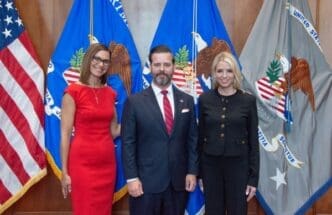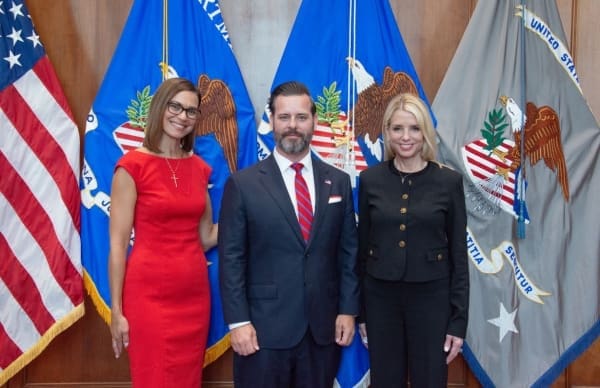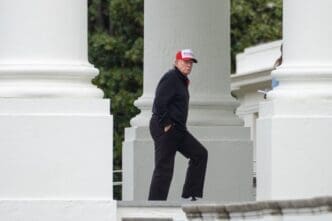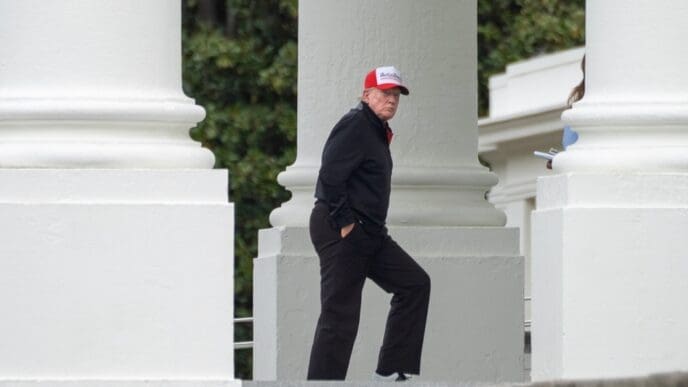U.S. Vice President JD Vance commenced a four-day visit to India on Monday, aiming to negotiate a bilateral trade agreement and avoid potential U.S. tariffs. During his visit, Vance is scheduled to engage in discussions with Prime Minister Narendra Modi, focusing on strengthening bilateral relations as initially outlined during a February meeting between Modi and President Donald Trump in Washington.
The United States stands as India’s largest trading partner, and both nations are in the midst of negotiations aimed at finalizing a trade agreement within the year. The ambitious goal is to more than double bilateral trade to $500 billion by 2030, a move that could significantly bolster economic and diplomatic ties between the two countries.
This visit marks Vance’s first to New Delhi, occurring against the backdrop of President Trump’s paused tariff program, which affects many countries, including India. The visit also coincides with escalating trade tensions between the United States and China, a major regional rival to India. The Indian Foreign Ministry expressed optimism that the visit would further enhance bilateral ties.
Accompanying Vice President Vance are his wife, Usha Vance, whose parents are of Indian origin, their children, and officials from the U.S. administration. The visit will include trips to historical sites in Jaipur and Agra.
Prime Minister Modi was one of the first leaders to visit the U.S. and engage with President Trump after his re-election. During that visit, Modi emphasized a “mega partnership” with the U.S. and initiated negotiations to mitigate the impact of Trump’s tariffs. Both leaders committed to expanding their defense partnership, with India indicating its willingness to increase purchases of American oil, energy, and defense equipment.
Despite the paused tariffs, President Trump had previously levied a 26% tariff on India, labeling the nation a “tariff abuser” and “tariff king.” The ongoing trade discussions are crucial for India, which could face significant repercussions from potential reciprocal tariffs, particularly affecting the agriculture, processed food, auto components, high-end machinery, medical equipment, and jewelry sectors.
India remains a vital partner to the U.S. and is considered an essential strategic ally in countering China’s growing influence in the Indo-Pacific region. As part of the Quad—an alliance that includes the United States, India, Japan, and Australia—India plays a key role in countering China’s regional expansion. President Trump is expected to participate in a Quad leaders’ summit in India later this year.












